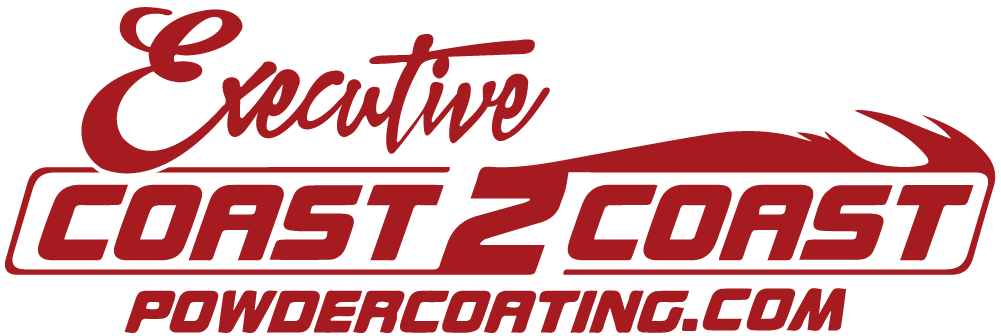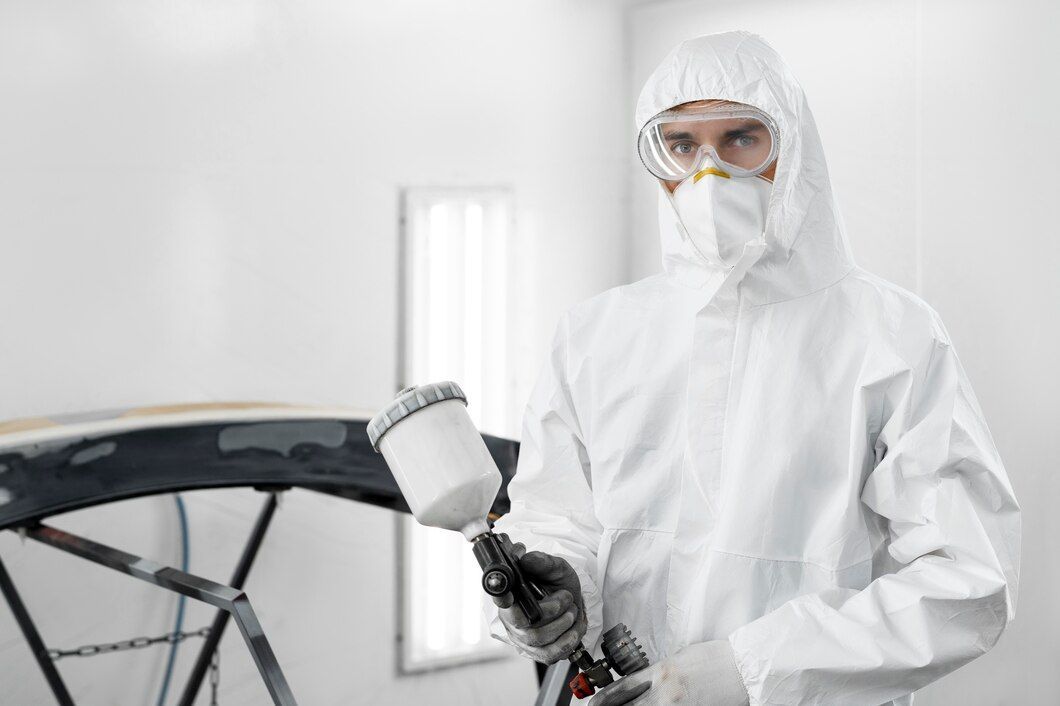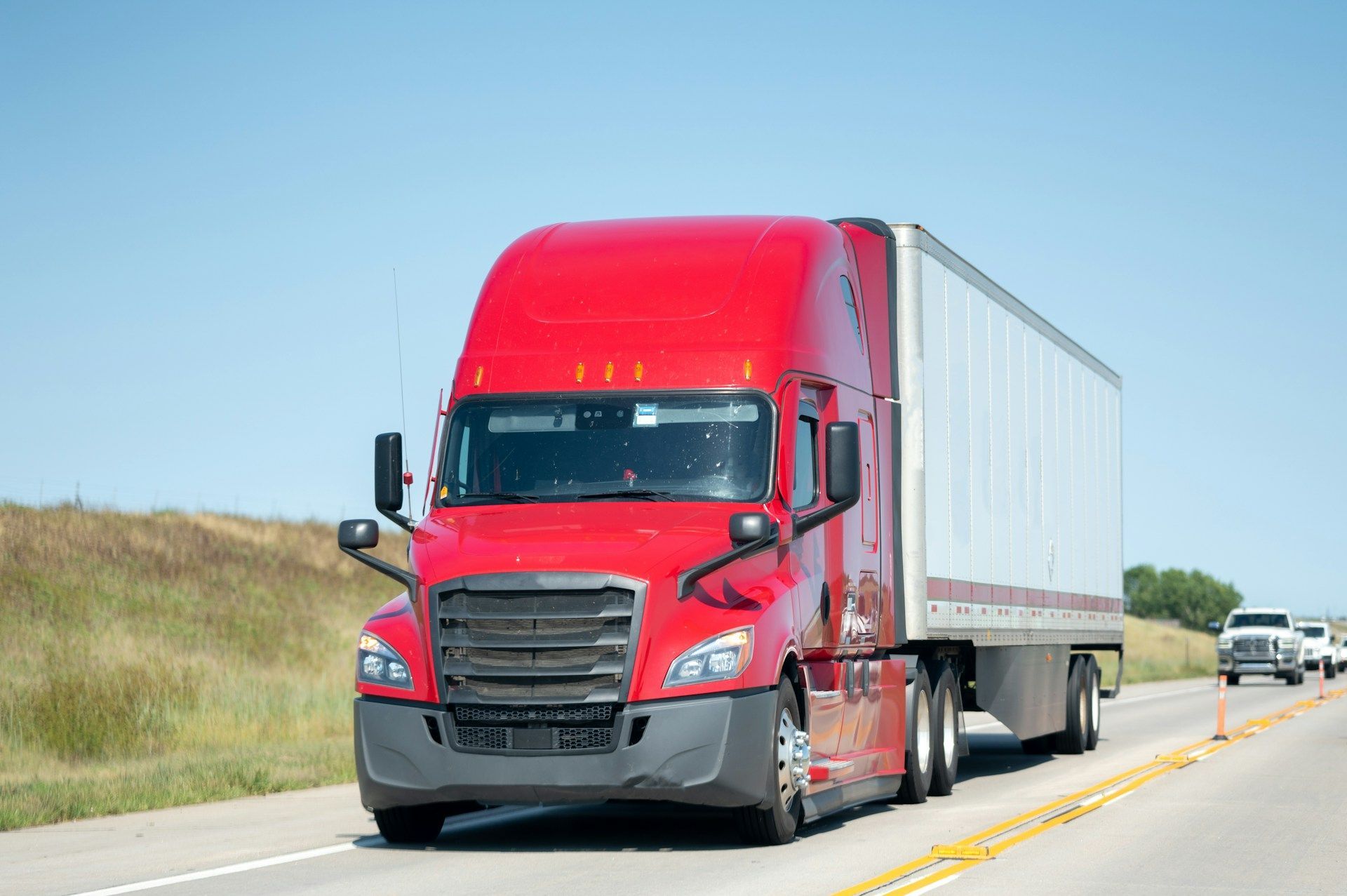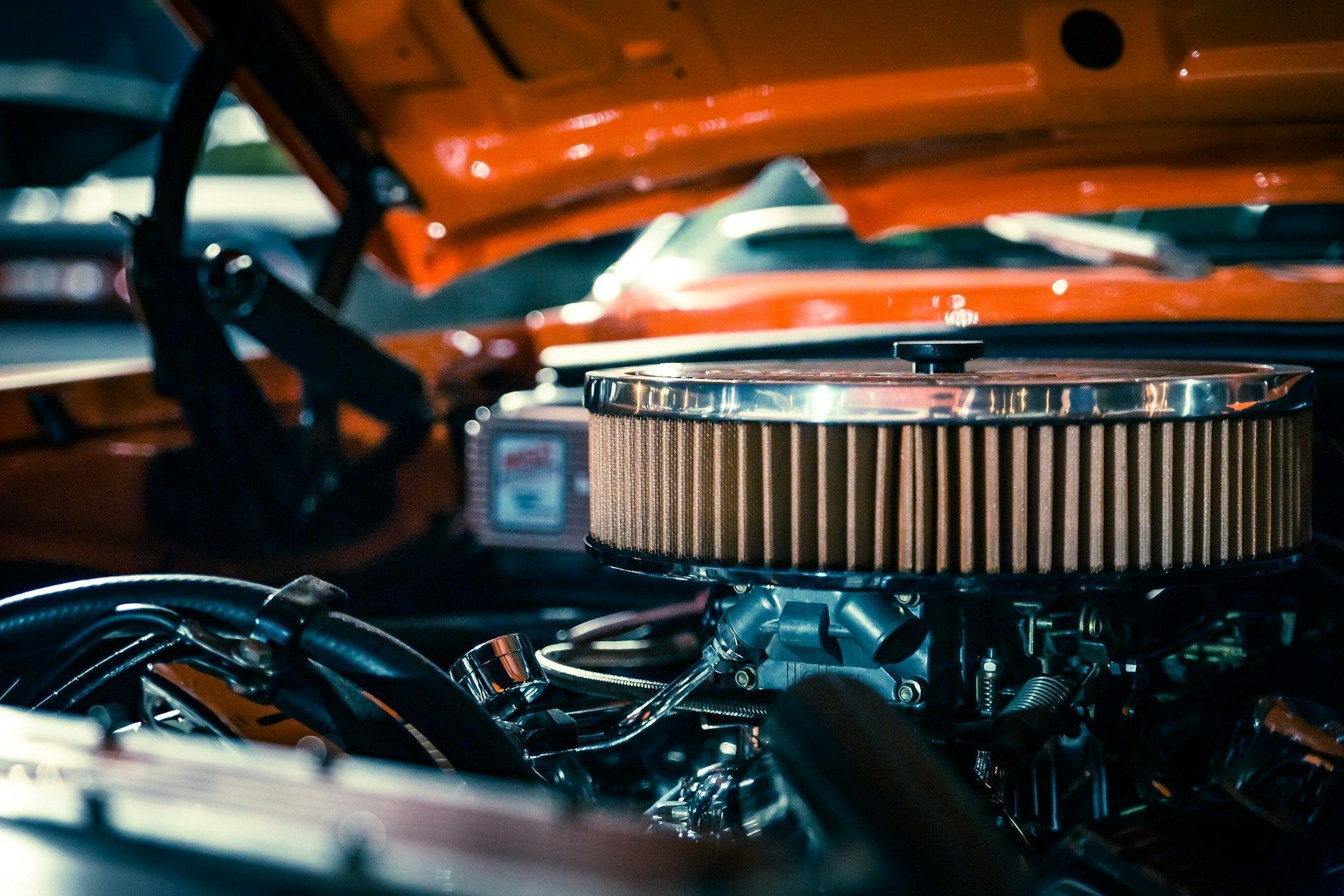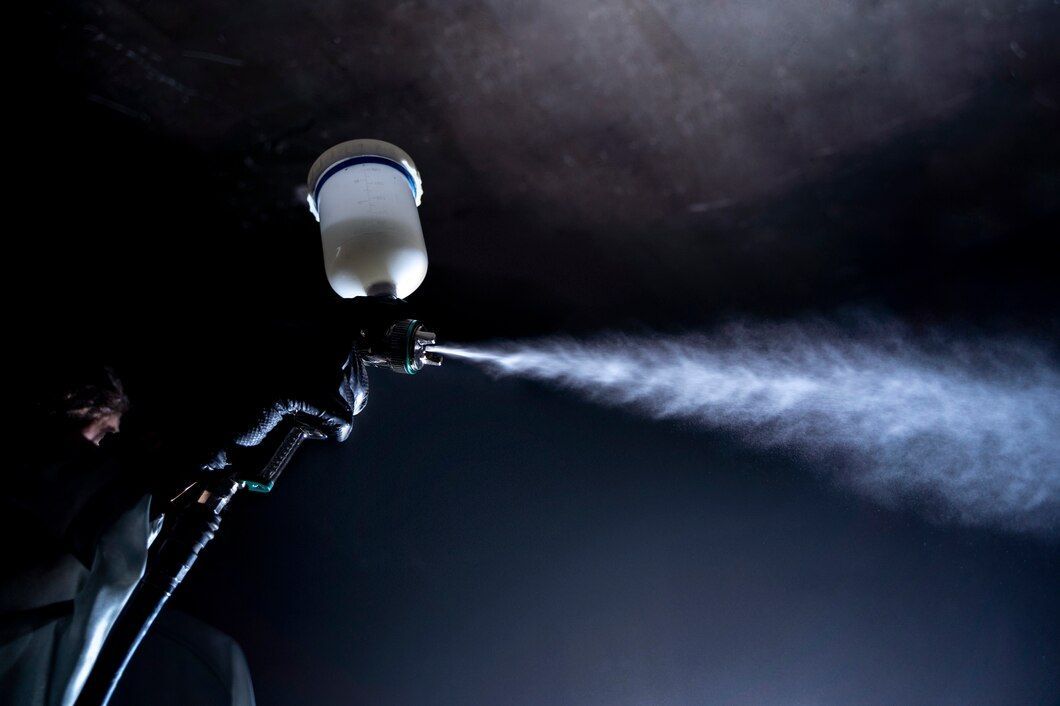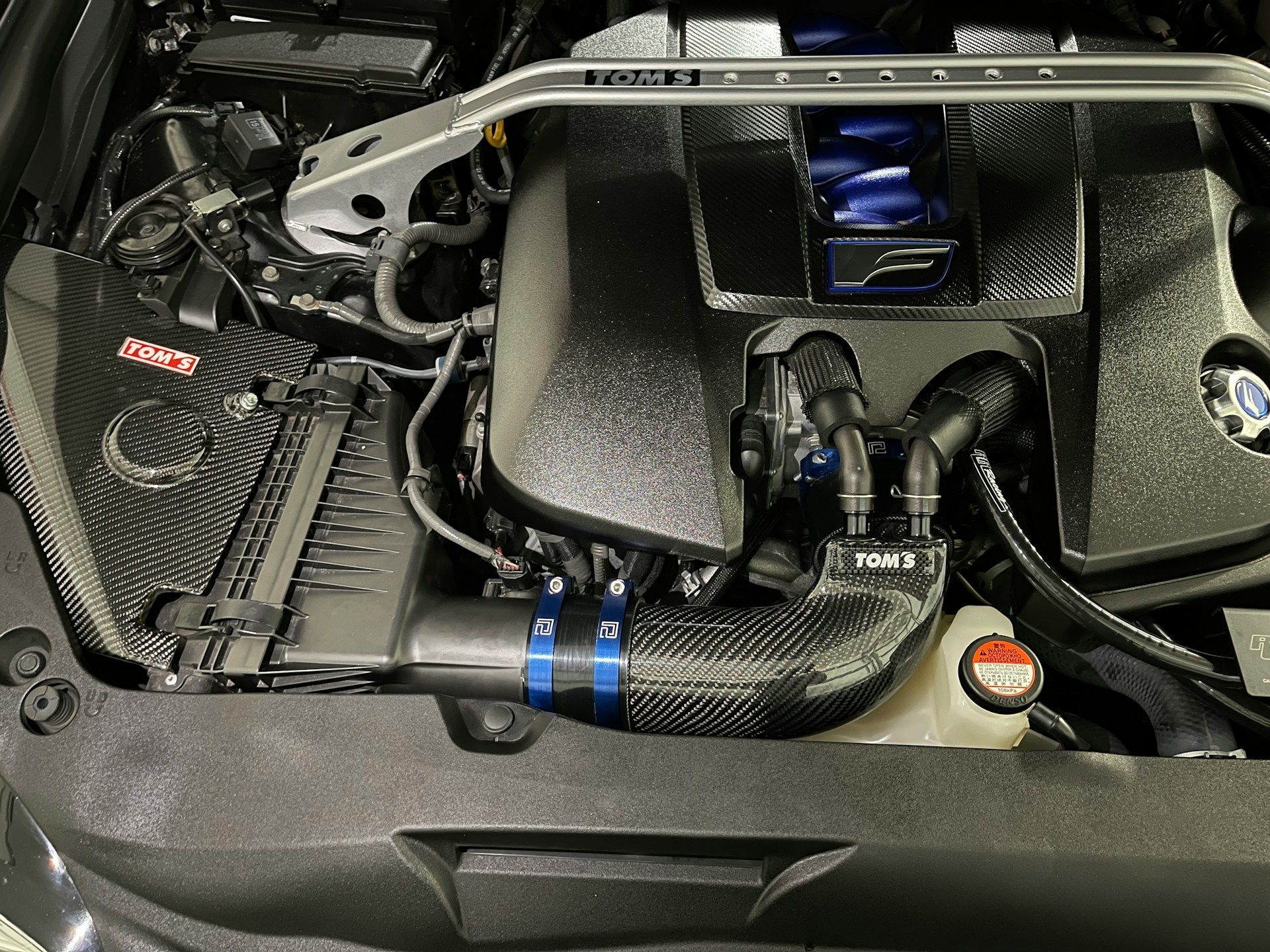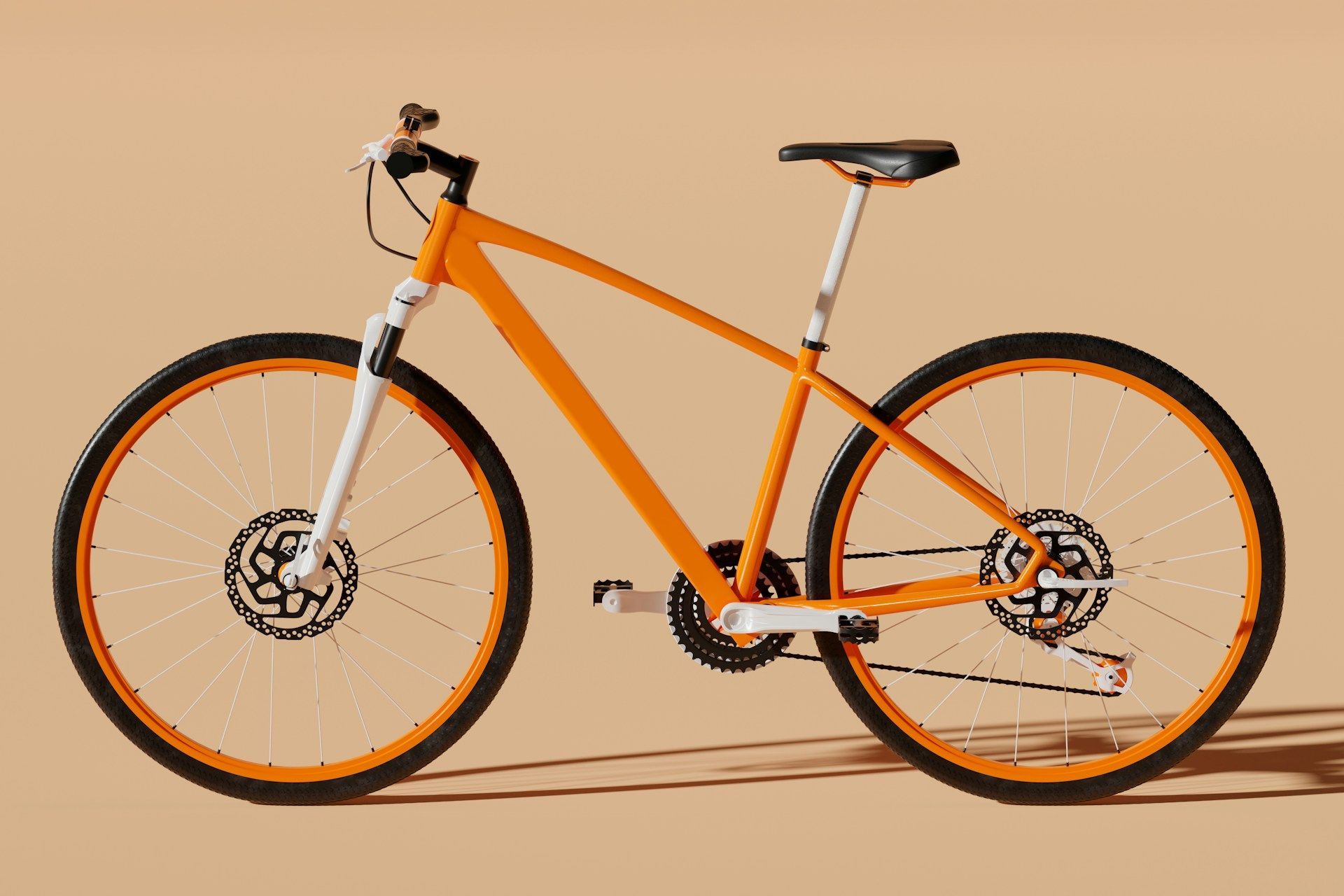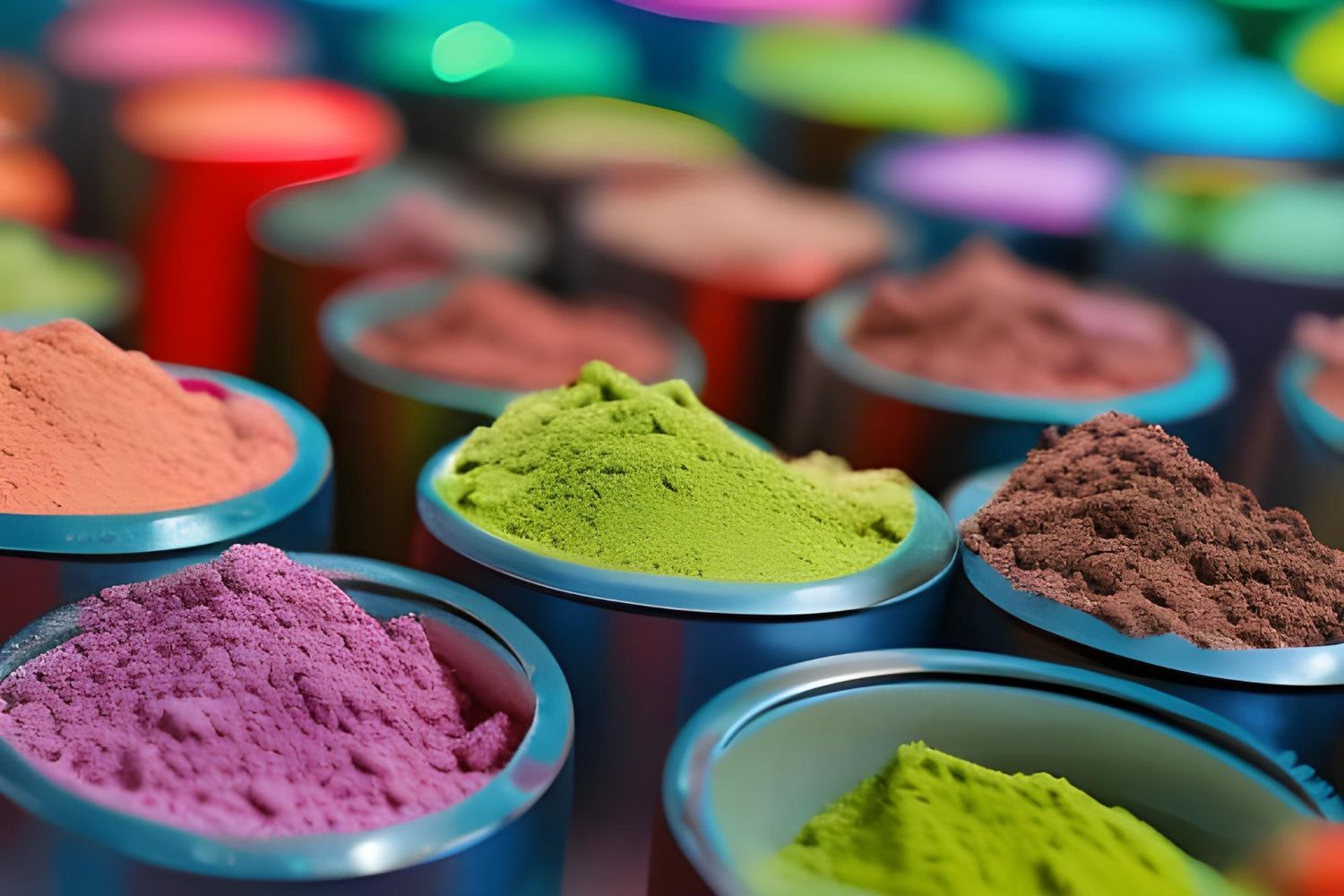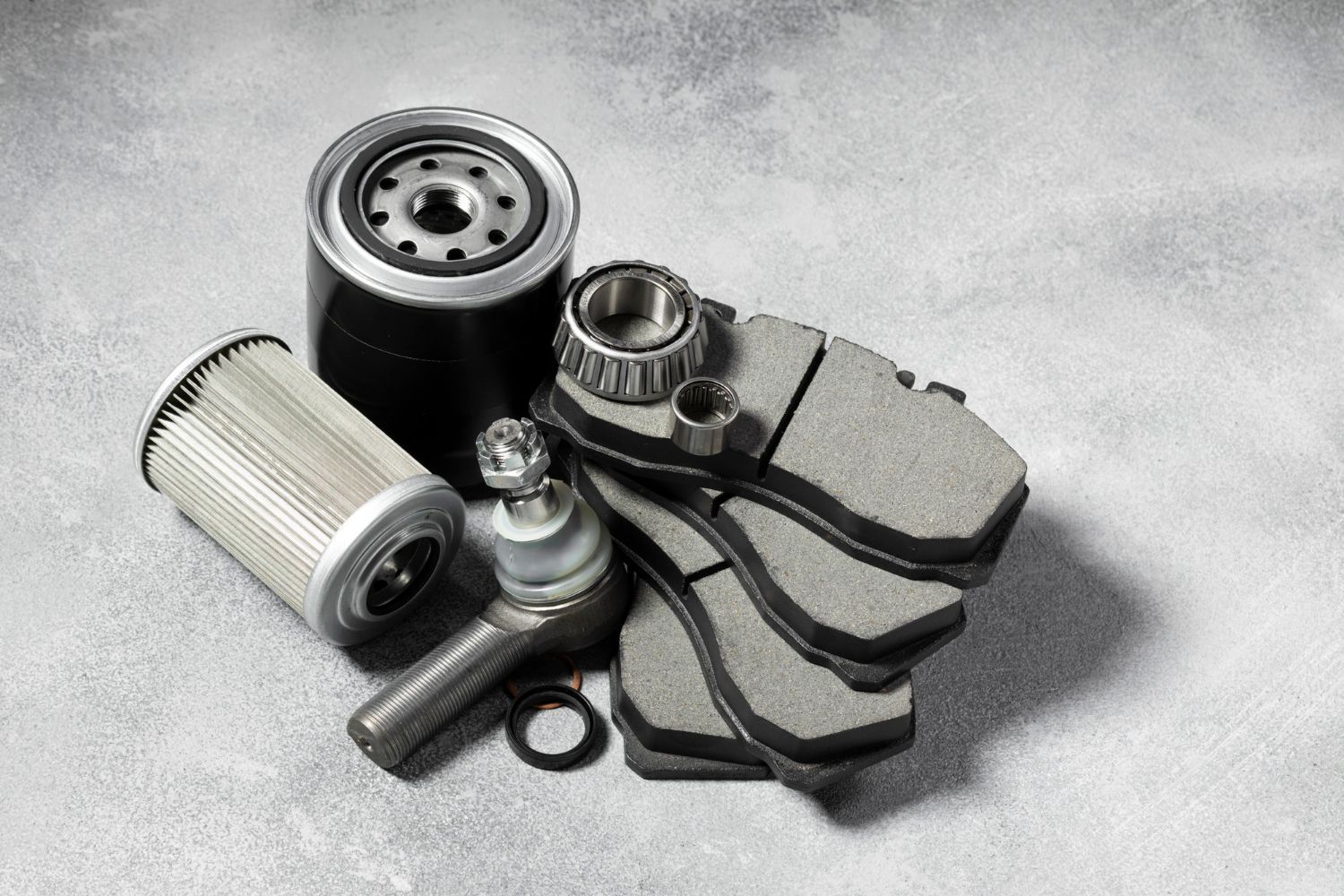Powder Coating vs. Wet Paint: A Comprehensive Comparison for Your Finishing Needs
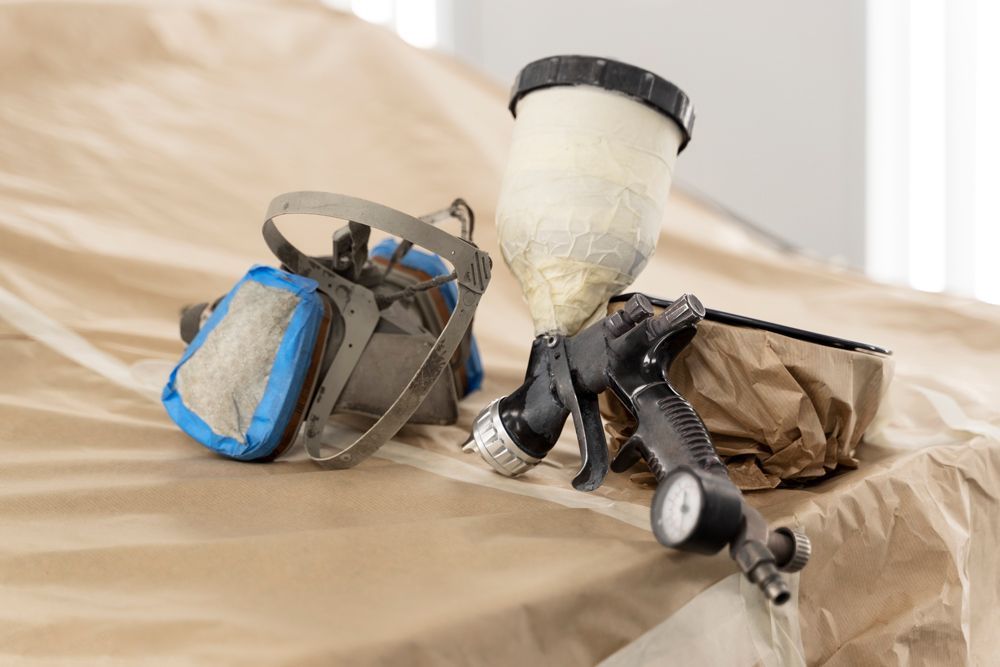
When it comes to protecting and enhancing the appearance of various materials, choosing the right finishing method is crucial. The two most commonly considered options are powder coating and traditional wet paint. Each of these techniques has its own set of advantages and disadvantages, depending on the intended purpose, desired appearance, and environmental considerations.
Powder coating is a dry finishing method that utilizes electrostatically charged powder particles applied to a surface and then baked to form a continuous, solid layer. Executive Coast 2 Coast Powder Coating specializes in providing top-tier powder coating services that deliver robust, efficient, and visually appealing finishes for a wide variety of materials. With a focus on customer satisfaction, Executive Coast 2 Coast Powder Coating services prioritize an environmentally friendly and corrosion-resistant finish.
On the other hand, wet paint involves the application of liquid paint onto a surface, which then dries and cures to form a protective coating. This method has been the go-to for several years and is still widely used today. However, as we delve more into the details of each method, you'll be better equipped to decide which one is the best fit for your specific project.
In this blog post, we'll dive into an in-depth comparison of powder coating and wet paint, helping you make the best decision for your finishing needs. With this, you can make an informed decision, confidently choosing the best finishing method for your specific needs and requirements. So let's jump right in and learn about the various factors that differentiate these two popular finishing techniques.
1. Application Process
Powder Coating
The powder coating process involves first preparing the material's surface, ensuring that it is clean and free of impurities or contaminants. Next, the powder is applied using a specialized electrostatic spray gun. The charged powder particles adhere to the material's grounded surface, creating a uniform layer. Once the material is evenly coated, it is placed inside a curing oven, where it's heated to the appropriate temperature. The powder melts and binds together, forming a solid, continuous coating.
Wet Paint
Traditional wet paint application is a more straightforward process. The surface is prepped, usually by cleaning, sanding, or priming, depending on the material and desired outcome. Then, the liquid paint is applied using a brush, roller, or spray gun. The application may require multiple coats, waiting for the paint to dry and curing before applying additional coats. Wet paint relies on air drying and curing, sometimes needing days to fully harden.
2. Durability and Aesthetics
Powder Coating
Powder coatings are well-known for their durability, providing excellent resistance against chipping, scratching, corrosion, and UV damage. The wide range of colors, finishes, and textures available allows for versatility in aesthetics. The fusion process in the curing oven allows for a more uniform, even coating without visible brush strokes.
Wet Paint
While wet paint can provide decent protection, it is often not as durable as powder coating. It is prone to chipping, scratching, and fading over time, requiring more frequent maintenance. Wet paint offers a wide range of colors and finishes, but the application process can result in visible brush strokes and inconsistencies in the final appearance.
3. Environmental Impact
Powder Coating
Powder coating is considered a more environmentally friendly option compared to wet paint. It generates virtually no volatile organic compounds (VOCs) and has very low waste production, as any excess powder can be collected and reused. The absence of solvents in the process makes it a more sustainable choice.
Wet Paint
Traditional wet painting methods usually involve the use of solvents, which emit VOCs as the paint dries. These emissions contribute to air pollution and can be harmful to both humans and the environment. Wet paint also tends to have higher waste disposal requirements and can be more challenging to recycle or dispose of properly.
4. Cost-Effectiveness
Powder Coating
One of the biggest misconceptions about powder coating is the assumption that it is more expensive than wet painting. While the initial setup and equipment costs might be higher, the long-term value and cost-effectiveness of powder coating come from its durability, waste reduction, and low maintenance requirements. Additionally, the speed and efficiency of the process can decrease turnaround times, contributing to overall cost savings.
Wet Paint
Wet painting might have lower upfront costs and equipment requirements, but it may end up being more expensive in the long run due to frequent maintenance and touch-ups. The drying and curing times can also lead to longer project completion times, impacting workflow and production schedules.
Conclusion
After examining the application process, durability, environmental impact, and cost-effectiveness of both methods, it becomes apparent that, in many cases, powder coating offers significant advantages over traditional wet paint. Executive Coast 2 Coast Powder Coating specializes in top-tier powder coating services in NJ that deliver robust, efficient, and visually appealing finishes for a wide variety of materials. By prioritizing customer satisfaction, environmentally friendly practices, and corrosion resistance, they can meet your finishing needs.
Of course, it is important to evaluate your unique project requirements and consider factors like material type, desired finish, and budget when making a decision between powder coating and wet paint. The key takeaway is understanding the benefits and limitations of each method to make an informed decision that best suits your needs. Reach out to Executive Coast 2 Coast Powder Coating today to discuss the optimal finishing solution for your project and see how their services can elevate the appearance, durability, and value of your materials.
